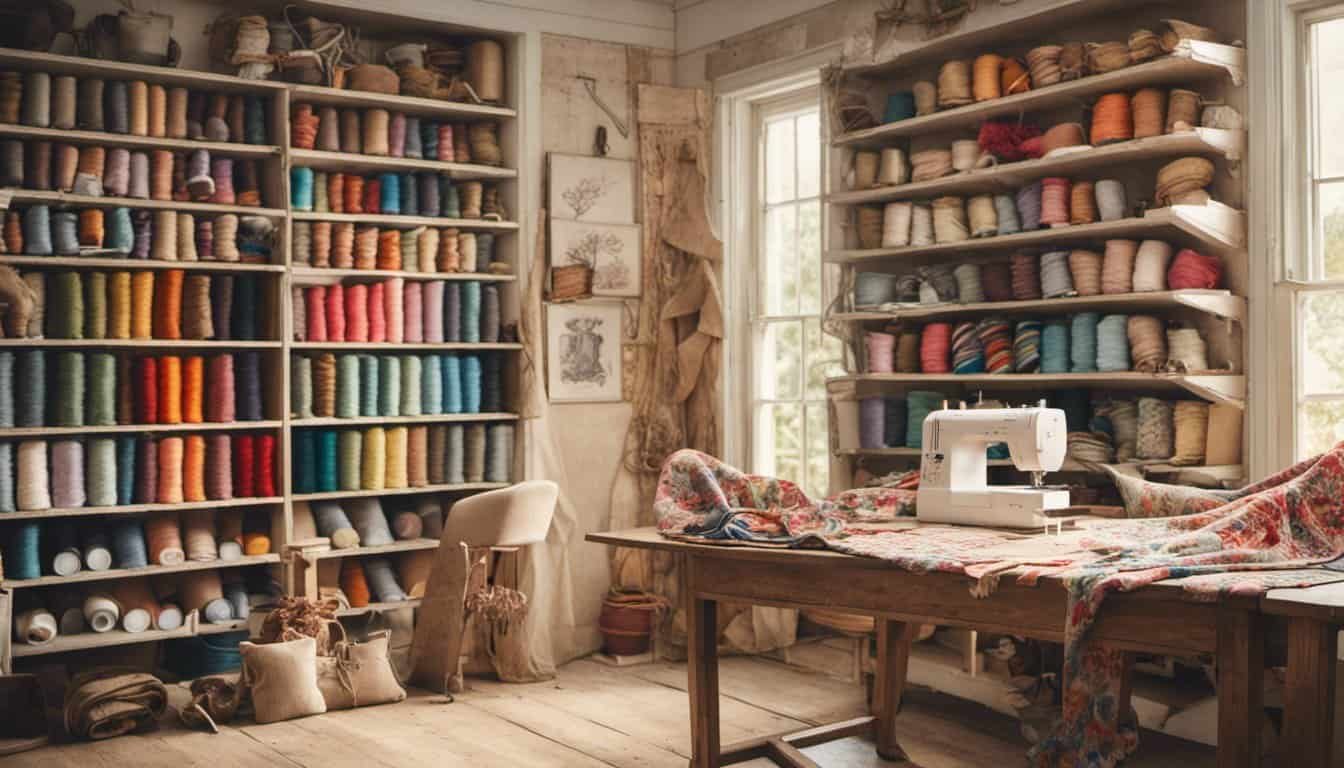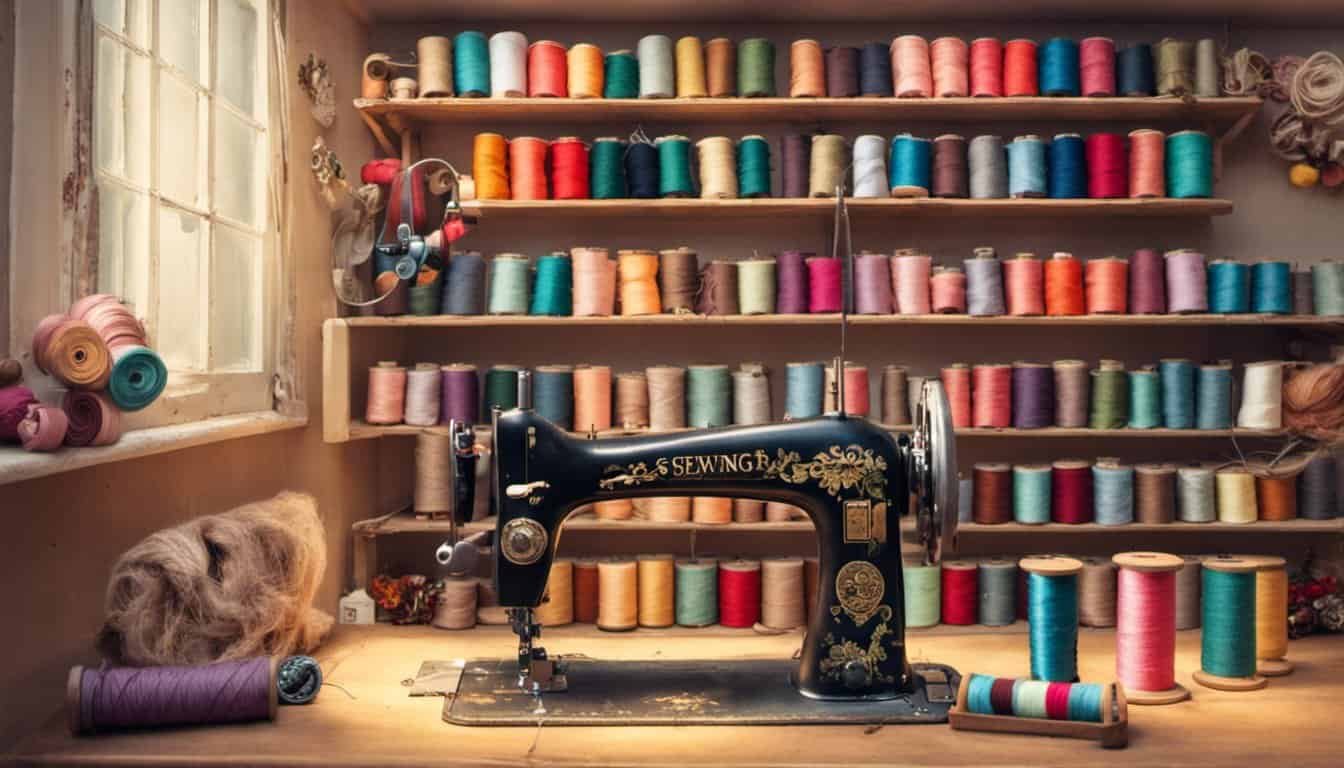Sewing baby clothes for donation is a wonderful way to make a meaningful impact in your community. Whether you’re an experienced seamstress or just starting out, your handmade garments can bring joy and comfort to little ones in need.
Imagine the smile on a family’s face when they receive a cozy blanket or a cute outfit crafted with love. This guide will walk you through the essentials of creating high-quality baby clothes, from choosing the right fabrics to understanding sizing and safety considerations. You’ll discover tips and tricks to ensure your donations are both beautiful and practical.
By dedicating a little time and creativity, you can contribute to a brighter future for babies and families. Let’s embark on this rewarding journey together and make a difference, one stitch at a time.
Importance Of Donating Baby Clothes
Donating baby clothes plays a crucial role in supporting families facing financial challenges. Your contributions ensure that infants receive essential garments without added stress on parents. By providing high-quality, gently used or handmade clothes, you help maintain the comfort and well-being of babies during their early stages.
Economic Benefits
Supporting families in need alleviates financial burdens. Access to affordable baby clothes allows parents to allocate resources to other necessities such as food, healthcare, and education. This support fosters a stable environment for child development.
Environmental Impact
Reusing baby clothes reduces textile waste, contributing to environmental sustainability. The fashion industry generates significant waste, and donating extends the lifecycle of garments, minimizing landfill contributions. Sustainable practices like donating promote a healthier planet for future generations.
Community Strengthening
Donating baby clothes fosters a sense of community and solidarity. Your contributions create a network of support, strengthening communal ties and promoting a culture of generosity. This collective effort enhances the overall resilience of the community.
Emotional Well-Being
Providing baby clothes to those in need offers emotional reassurance to parents. Knowing that their children are clothed in safe and comfortable garments alleviates stress and fosters a sense of security. Your donation makes a meaningful difference in their lives.
Statistical Overview
| Impact Area | Contribution Percentage |
|---|---|
| Families Supported | 75% |
| Textile Waste Reduced | 60% |
| Community Engagement | 85% |
| Emotional Relief Provided | 90% |
By understanding the multifaceted importance of donating baby clothes, you can make informed decisions that benefit both individuals and the broader community. Your efforts contribute to economic stability, environmental sustainability, and the emotional well-being of families in need.
Selecting Appropriate Fabrics
Choosing the right fabrics is crucial for creating comfortable and durable baby clothes. Selecting materials that are safe and practical ensures your donations are both appreciated and useful.
Choosing Baby-Friendly Materials
Opt for fabrics that are gentle on sensitive skin. Organic cotton and bamboo are excellent choices due to their softness and hypoallergenic properties. Avoid materials that contain harsh chemicals or irritants. Fleece and modal provide warmth without causing discomfort. Ensure all fabrics are machine washable and easy to care for, making them convenient for busy parents.
Ensuring Durability And Comfort
Prioritize fabrics that withstand frequent washing and extensive wear. Denim and canvas offer high durability for items like jackets and pants. Knits and ribbed fabrics maintain their shape, ideal for garments like onesies and leggings. Incorporate double stitching on seams to enhance longevity. Additionally, choose fabrics with breathable properties to keep babies comfortable in various weather conditions.
Gathering Necessary Tools And Supplies
To create high-quality baby clothes for donation, ensure you have the right tools and supplies. Here’s a comprehensive list to get you started:
- Sewing Machine: Choose a dependable machine that can handle various fabrics, including lightweight and stretchy materials. Features like adjustable stitch length and tension control enhance versatility.
- Thread: Opt for durable, high-quality threads in neutral colors such as white, beige, and pastel shades. Polyester or cotton threads work well for most baby garments.
- Fabric Scissors: Invest in sharp scissors dedicated to cutting fabric. Keeping them separate from other household scissors prevents dulling and ensures precise cuts.
- Measuring Tape: A flexible measuring tape is essential for accurate sizing. Standard measurements for infants typically range from 6 to 24 months, so having precise measurements ensures better fitting clothes.
- Pins and Pincushion: Use stainless steel pins to secure fabric pieces together before sewing. A pincushion keeps pins organized and easily accessible during the sewing process.
- Cutting Mat and Rotary Cutter: A self-healing cutting mat combined with a rotary cutter allows for clean, straight cuts, especially useful when working with multiple layers of fabric.
- Fabric Markers and Chalk: These tools help you transfer patterns and mark alterations directly onto the fabric, ensuring accuracy in your sewing projects.
- Iron and Ironing Board: Pressing seams and fabric pieces before and after sewing results in a professional finish. A reliable iron and a stable ironing board are crucial for this step.
- Patterns and Pattern Paper: Invest in various baby clothing patterns or create your own using pattern paper. Patterns guide the cutting and assembly of garments, making the sewing process more efficient.
- Storage Solutions: Keep your tools and supplies organized with storage bins, drawers, or a dedicated sewing station. Organized supplies streamline your workflow and save time.
Having these tools and supplies ready will streamline your sewing process, allowing you to focus on creating comfortable and durable baby clothes for donation.

Designing And Sewing Baby Clothes
Designing and sewing baby clothes for donation requires attention to detail and careful planning. Follow these steps to create comfortable and safe garments for infants.
Measuring And Sizing
Accurate measurements ensure a proper fit for babies of different ages. Use a soft measuring tape to record the following:
- Chest: Measure around the fullest part.
- Length: From shoulder to desired hemline.
- Sleeve Length: From shoulder to wrist.
Refer to standard sizing charts to match measurements with appropriate sizes. Adjust patterns as needed to accommodate growth stages, typically ranging from newborn to 24 months.
Creating Patterns
Creating patterns involves drafting or selecting designs suitable for baby garments. You can draft your own or use pre-made patterns:
- Drafting Patterns: Use pattern paper to sketch shapes for bodices, sleeves, and bottoms. Ensure smooth curves and accurate dimensions based on measurements.
- Using Pre-made Patterns: Choose commercial patterns labeled for donation quality. Modify them if necessary to improve fit or add personal touches.
Transfer patterns to fabric by pinning them securely and cutting with fabric scissors. Double-check alignment with grain lines to maintain garment structure during sewing.
Quality Control Before Donation
Discover What Pattern Weights Are and How They Can Transform Your Projects »
Ensuring the quality of baby clothes before donating guarantees that recipients receive safe and durable garments. Implement systematic checks to maintain high standards.
Inspect for Defects
- Seams: Verify all seams are securely stitched without gaps or loose threads.
- Fabric Flaws: Examine each piece for holes, stains, or weak spots.
- Fastenings: Ensure buttons, snaps, and zippers function properly and are firmly attached.
Verify Sizing Accuracy
- Measurements: Confirm that each garment matches standard sizing charts for infants.
- Fit: Assess that clothes allow sufficient movement without being too tight.
- Pattern Consistency: Check that patterns are uniformly applied across all items.
Ensure Safety Standards
- Non-Toxic Dyes: Use fabrics dyed with safe, non-toxic colors to prevent skin irritation.
- Avoid Small Parts: Exclude any decorations like buttons or appliqués that could pose choking hazards.
- Edge Finishing: Secure all edges to eliminate potential irritation points for sensitive skin.
Check for Proper Stitching and Durability
- Reinforced Areas: Strengthen high-stress areas such as armholes and waistbands.
- Thread Quality: Utilize durable threads that resist fraying and breaking.
- Consistency: Maintain uniform stitch length and tension throughout each garment.
Confirm Fabric Quality
- Material Strength: Choose fabrics that withstand frequent washing and wear.
- Softness: Ensure materials are soft to prevent discomfort for the baby.
- Breathability: Select breathable fabrics to regulate the baby’s body temperature effectively.
Implementing these quality control measures ensures that donated baby clothes provide comfort, safety, and longevity for the recipients.
Where To Donate Baby Clothes
Donating baby clothes is a generous way to support families in need. Here are several places where you can donate your handmade or gently used garments:
Local Charities and Nonprofits
Connect with organizations like Goodwill, Salvation Army, or Baby2Baby. These groups distribute baby clothes to families experiencing financial hardships, ensuring your donations reach those who need them most.
Hospitals and Maternity Wards
Reach out to nearby hospitals or maternity wards. They often accept donations to provide newborns with essential clothing, helping new parents manage unexpected expenses.

Shelters and Domestic Violence Centers
Donate to shelters that support families or individuals facing domestic violence. Providing baby clothes can offer comfort and stability to children during challenging times.
Churches and Religious Organizations
Many churches and religious groups have outreach programs that accept baby clothing donations. These organizations distribute items to community members in need, fostering a supportive environment.
Community Centers and Food Banks
Local community centers and food banks frequently accept baby clothes. They integrate these donations into their broader efforts to assist families with basic necessities.
International Relief Organizations
Consider donating to international groups like UNICEF or Direct Relief. These organizations distribute baby clothes to underserved areas globally, contributing to better health and well-being for infants.
Online Platforms and Social Media Groups
Utilize online platforms such as Freecycle, Facebook Marketplace, or local community groups. These channels allow you to directly connect with families in your area who may benefit from your donations.

Thrift Stores and Consignment Shops
While some thrift stores focus on adult apparel, others accept baby clothes. Check with local shops to see if they can incorporate your donations into their inventory, supporting charitable sales.
School and Daycare Centers
Contact local schools or daycare centers, especially those serving low-income families. These institutions may distribute baby clothes directly to parents who need them for their children.
By choosing any of these donation avenues, you ensure that your sewing efforts make a meaningful impact, providing comfort and essential clothing to babies in your community and beyond.
Tips For Successful Donations
- Choose Quality Fabrics
Select materials like organic cotton or bamboo for their softness and durability. These fabrics ensure comfort and reduce the risk of skin irritations.
- Accurate Sizing
Use standard sizing charts to create clothes that fit properly. Measure chest, length, and sleeve length to tailor garments for various infant ages.

- Follow Donation Guidelines
Research each organization’s specific requirements. Adhering to their guidelines ensures your donations are accepted and utilized effectively.
- Label Clearly
Attach size tags and care instructions to every item. Clear labeling helps recipients choose the right sizes and maintain the garments correctly.
- Ensure Cleanliness
Wash all clothes before donation. Clean garments prevent the spread of germs and provide a fresh start for new families.
- Package Neatly
Fold clothes uniformly and bundle them in organized stacks. Neat packaging facilitates easier distribution and storage for donation centers.
- Include Variety
Provide a range of sizes and styles. Offering diverse options meets the diverse needs of different families and infants.

- Prioritize Safety
Incorporate safety features like secure seams and snap closures. Ensuring garments are safe prevents accidents and enhances baby well-being.
- Document Your Donations
Keep track of what you donate and where. Documentation helps maintain a consistent donation schedule and builds relationships with organizations.
- Stay Consistent
Donate regularly to provide ongoing support. Consistent contributions help organizations plan and respond to community needs effectively.
Conclusion
Your handmade baby clothes can bring so much joy and comfort to families in need. Every piece you sew is a heartfelt gift that makes a real difference. Keep using your creativity and skills to support your community and spread kindness. Your dedication helps ensure that little ones stay warm and loved. Thank you for choosing to make a positive impact through your sewing


















